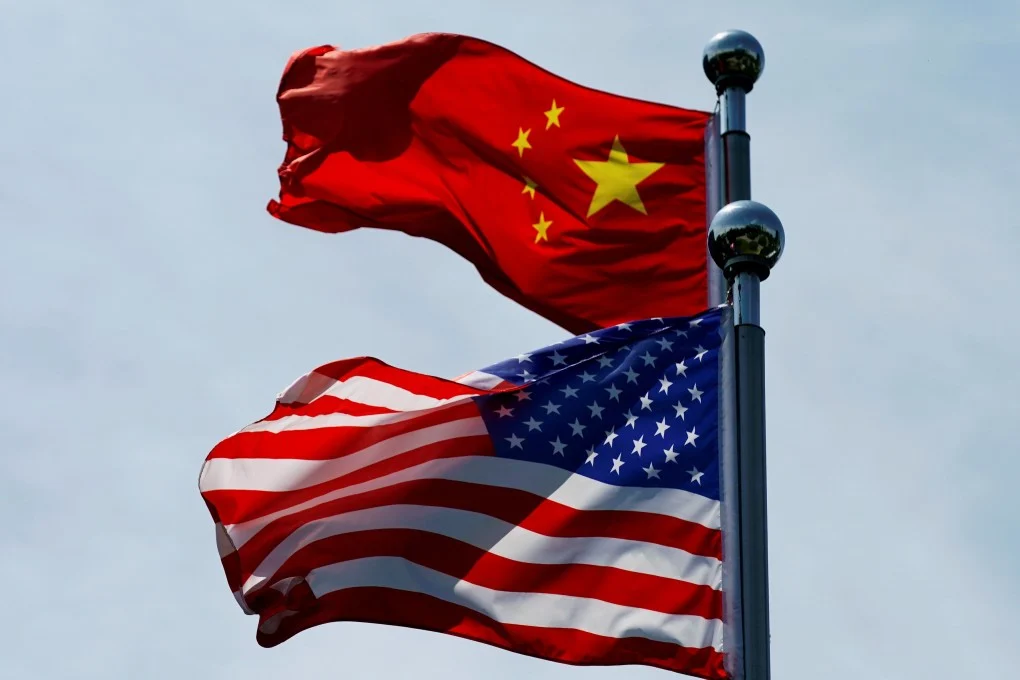A tentative trade deal between the United States and China, the world’s two largest economies, may have helped avert the immediate threat of a complete trade breakdown. However, experts warn that while the deal prevents further escalation, it introduces fresh uncertainties, structural imbalances, and long-term geopolitical tensions that may have deeper global consequences.
A Step Back from the Brink
For the past several years, trade tensions between the US and China have fueled fears of a full-blown economic decoupling. The imposition of tariffs on hundreds of billions of dollars’ worth of goods, tech restrictions, and retaliatory sanctions on companies led to supply chain disruptions and global market volatility.
The new tentative agreement, reportedly reached after months of back-channel diplomacy and strategic negotiations, includes commitments from both sides to avoid further tariff escalations, increase transparency, and resume working-level talks on key trade issues.
What the Deal Covers
While official details are limited, the agreement is said to include:
-
A temporary halt on new tariffs from both sides
-
Renewed dialogue on technology transfers, intellectual property rights, and market access
-
A possible reopening of bilateral trade channels in agriculture, manufacturing, and critical minerals
-
A commitment to de-risking supply chains without full decoupling
Problems the Deal Does Not Solve
1. Structural Imbalances Remain
The core issues that sparked the trade war—forced technology transfers, state subsidies to Chinese enterprises, and non-market practices—remain unresolved. While talks may resume, no structural reform has been agreed upon.
2. Lack of Trust and Verification
The deal is more of a political handshake than a binding agreement. There is little clarity on enforcement mechanisms, dispute resolution, or timelines, raising concerns that both sides could interpret and implement provisions unilaterally.
3. Geopolitical Tensions Persist
The agreement does not address flashpoints such as:
-
US sanctions on Chinese tech firms like Huawei
-
China’s ambitions in semiconductors and rare earths
-
Strategic rivalry over the South China Sea, Taiwan, and global trade rules
Thus, the deal does little to reduce strategic distrust, and may in fact harden positions as both sides prepare for more confrontation in sectors like AI, quantum computing, and 5G infrastructure.
Global Implications
1. Investor Uncertainty
Markets may react positively in the short term, but global businesses remain wary. Without long-term policy clarity, investments in cross-border trade, especially in technology and critical supply chains, will remain subdued.
2. Shifting Alliances
Countries in Asia, Europe, and Africa may find themselves caught in a balancing act, forced to align with either China or the US as the trade cold war morphs into geo-economic fragmentation.
3. Supply Chain Reconfiguration
While full decoupling may be delayed, firms are still diversifying supply chains away from China and into Southeast Asia, India, and Latin America—a trend that may accelerate regardless of any temporary deal.
While the tentative US-China trade agreement offers a welcome pause in hostilities, it’s far from a resolution. The absence of long-term commitments, continued geopolitical rivalry, and a growing distrust between the two powers mean that the global economy still faces significant risks. This fragile truce, in essence, may be buying time, not peace.

